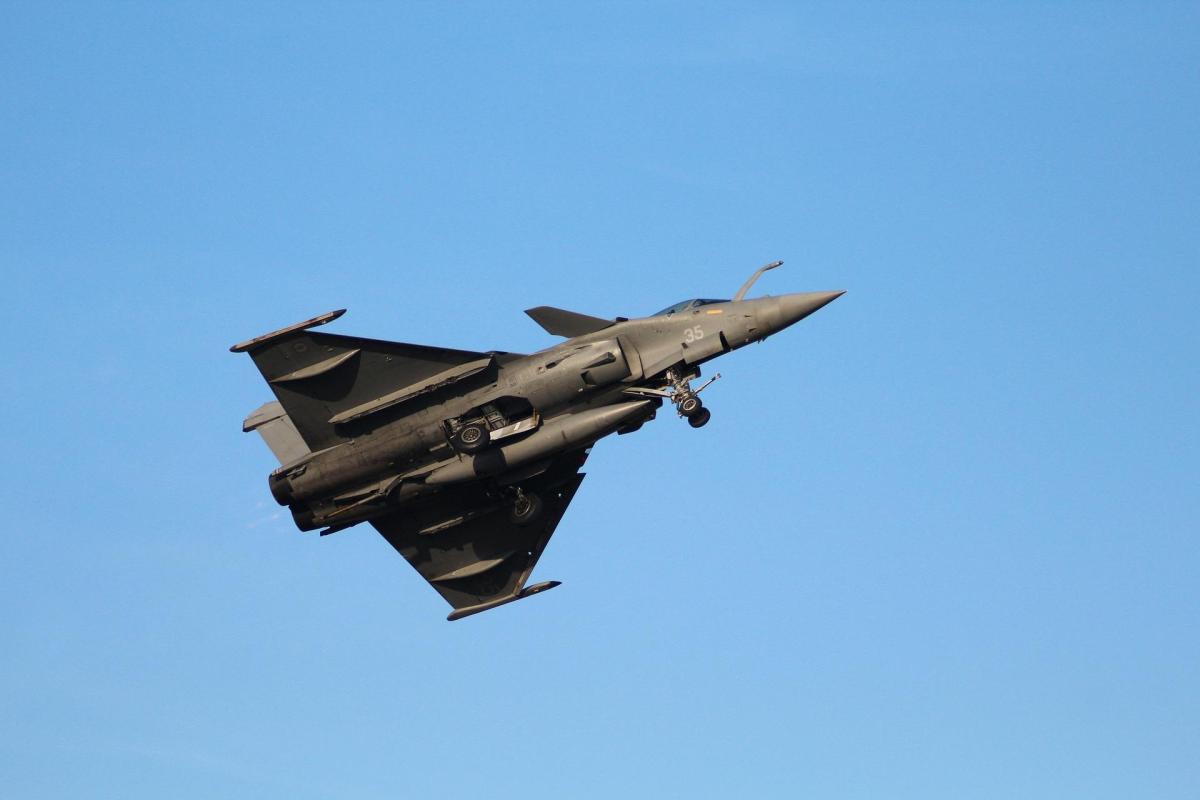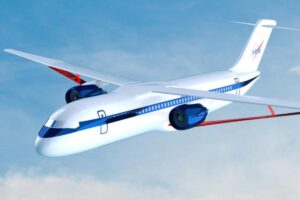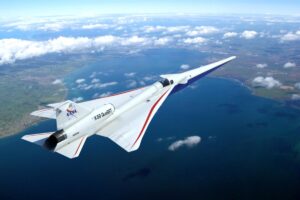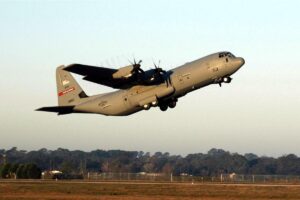ARINC-429 to SERIAL Converters for Efficient Data Transfer
Introduction
Modern avionics systems operate within intricate networks of digital communication protocols. As technology evolves, integration challenges arise when connecting legacy systems with newer data interfaces. One particularly vital intersection is the communication between ARINC-429 systems—ubiquitous in commercial aircraft—and serial communication interfaces like RS-232 or RS-422, commonly found in ground support equipment, legacy monitoring devices, or subsystem controllers. To ensure compatibility and preserve equipment investments, ARINC-429 to SERIAL converters are employed as data bridges. These devices translate high-integrity avionics data into universally accepted serial formats, enabling efficient, reliable communication across mixed-platform environments.
This white paper explores the architectural, operational, and application-specific aspects of ARINC-429 to SERIAL converters, highlighting the essential considerations for implementation and showcasing their critical role in aviation, defense, and industrial systems.
1. Understanding the Protocols
1.1 ARINC-429 Fundamentals
ARINC-429, established by Aeronautical Radio Inc., is a point-to-point data bus standard developed for use in aircraft avionics systems. It employs a unidirectional, two-wire data bus for transmitting 32-bit words at either 12.5 or 100 kbps. Each word consists of a label, source/destination identifiers, data, and parity. Designed for reliability and fault tolerance, ARINC-429 is immune to electromagnetic interference and supports deterministic communication.
1.2 Serial Communication Protocols Overview
Serial communication protocols like RS-232 and RS-422 are widely used for simple, low-cost, full-duplex or half-duplex communication. RS-232 is typically used in point-to-point configurations over short distances, while RS-422 supports longer cable runs and differential signaling for better noise immunity. These protocols are asynchronous and lack the structured word formatting seen in ARINC-429, presenting a data alignment and translation challenge.
1.3 Interfacing Challenges
The key difficulty in integrating ARINC-429 with serial interfaces lies in their differing electrical, timing, and data formatting characteristics. ARINC-429 uses continuous transmission at fixed intervals, while serial protocols rely on start/stop bits and baud rates. Bridging the two requires accurate data capture, real-time decoding, and translation mechanisms to preserve message integrity and context.
2. The Need for Protocol Conversion
2.1 Preserving Legacy Systems
Aircraft operators often face the challenge of modernizing system components without replacing expensive legacy hardware. ARINC-429 to SERIAL converters offer a cost-effective way to extract, monitor, or interface with ARINC-based equipment using standard serial ports, thereby extending operational lifespans.
2.2 Mixed-System Environments
In test labs, maintenance facilities, or hybrid aircraft systems, ARINC-429 data must be interpreted by computers, handheld testers, or controllers that operate using RS-232/RS-422. Converters play a pivotal role in enabling this cross-communication.
2.3 Real-Time Monitoring and Debugging
Technicians rely on serial terminals and tools to monitor avionics data in real-time. Protocol converters allow streaming of selected ARINC labels directly into these tools for diagnostics and data logging, reducing downtime and supporting faster issue resolution.
3. Architecture of ARINC-429 to SERIAL Converters
3.1 Hardware Design
A typical converter includes an ARINC-429 receiver/transmitter interface, a microcontroller or FPGA-based translation engine, memory buffers, and one or more serial transceivers. Devices may also incorporate power conditioning, EMI protection, and ruggedized packaging for harsh environments.
3.2 Software and Firmware Logic
The embedded software interprets ARINC-429 labels, decodes and re-encodes data, formats it into ASCII or binary serial frames, and manages timing and buffer control. Configurable firmware may allow for label filtering, data scaling, and customizable serial formats.
3.3 Configurable Parameters
Users can often configure:
- Baud rates (e.g., 9600 to 115200 bps)
- Label mapping
- Endianness
- Output formatting (ASCII, HEX, RAW)
- Parity and stop bits
- Output modes (polling, interrupt-driven, timestamped)
4. Key Features and Capabilities
4.1 Label Filtering and Mapping
Converters can be configured to monitor only specific ARINC labels, filtering out unnecessary data to optimize performance. Mapped outputs simplify downstream interpretation by assigning aliases or output formats per label.
4.2 Timestamping and Synchronization
Advanced converters timestamp incoming ARINC messages to enable correlation with other system events. This is especially useful in flight testing and systems diagnostics.
4.3 Data Integrity and Redundancy Handling
Features like parity checking, cyclic redundancy checks (CRC), and dual ARINC channel monitoring ensure data reliability. Redundant channels may be merged or prioritized based on user-defined criteria.
4.4 Multi-Channel Operation
Some converters support multiple ARINC-429 receive channels and multiple serial outputs, enabling simultaneous communication with various subsystems.
4.5 Diagnostics and Built-in Test (BIT)
Self-diagnostic features continuously monitor system health, detecting cable faults, signal degradation, or memory overflows. BIT capabilities are vital for mission-critical deployments.
5. Application Scenarios
5.1 Aircraft System Integration
During upgrades, aircraft may incorporate components using serial interfaces. Converters enable seamless integration of modern displays, data loggers, or communication devices with legacy avionics buses.
5.2 Ground Support and Maintenance Tools
Field engineers often use laptops or handheld serial terminals for diagnostics. Converters enable real-time access to ARINC bus data during routine maintenance or troubleshooting.
5.3 Flight Testing and Certification
Test engineers use converters to monitor ARINC traffic during flight trials. Captured data is analyzed for behavior, compliance, and anomaly detection, accelerating certification processes.
5.4 Simulation and Training Systems
Simulators often replicate aircraft data flows using ARINC emulation. Converters allow interfacing with legacy serial-driven instruments or student monitoring consoles.
5.5 Industrial and Embedded Systems
Outside aviation, ARINC-429 is used in rail and heavy industrial systems. When interfacing with embedded PLCs or data acquisition systems using RS-422, converters offer vital communication bridges.
6. Implementation Considerations
6.1 Electrical and Physical Interface
Ensure proper signal levels and impedance matching. Galvanic isolation may be required to prevent ground loops and protect sensitive electronics.
6.2 Software Compatibility and Drivers
Some converters offer virtual COM port interfaces over USB or Ethernet, requiring proper drivers and API support. Compatibility with operating systems and host software is crucial.
6.3 Power and Environmental Factors
Select converters with wide temperature operating ranges, shock/vibration resistance, and MIL-STD-704 compliant power inputs for aviation environments.
6.4 Latency and Timing Requirements
Verify timing requirements between ARINC input and serial output. Applications involving real-time control may need low-latency converters with deterministic behavior.
6.5 Compliance and Certification
For aerospace applications, ensure devices meet DO-160, DO-178C, DO-254, and relevant ARINC specifications. Certification documentation may be required for airworthiness.
7. Advanced Capabilities and Innovations
7.1 Web Interfaces and Remote Configuration
Some converters include embedded web servers or command-line interfaces accessible over serial or Ethernet for setup, monitoring, and firmware updates.
7.2 Data Logging and Storage
Integrated SD cards or memory modules store ARINC traffic and converted serial data, enabling offline analysis and record-keeping.
7.3 Custom Script Execution
Programmable converters may support user scripts for conditional output, error handling, or protocol bridging beyond standard ARINC and SERIAL.
7.4 Wireless Data Transmission
For mobile maintenance and in-flight monitoring, wireless-enabled converters transmit data over Wi-Fi or Bluetooth to tablets or laptops.
7.5 Cybersecurity and Encryption
In networked or sensitive environments, secure firmware, encryption, and authentication features protect data integrity and prevent unauthorized access.
8. Selecting the Right Converter
8.1 Define Use Case Requirements
Clarify whether the converter is for testing, diagnostics, permanent integration, or flight use. Determine the number of channels, data rates, and labels involved.
8.2 Evaluate Form Factor and Mounting
Choose from portable, rack-mounted, or board-level designs based on available space and mechanical constraints.
8.3 Assess Vendor Support and Documentation
Reliable vendors provide integration support, SDKs, detailed datasheets, and long product lifecycles. Assess warranty, update policies, and certifications.
8.4 Consider Expandability and Scalability
Opt for modular designs or multi-protocol support if future system expansion is likely. Interoperability with CAN, Ethernet, or MIL-STD-1553 may be needed.
8.5 Test for Interoperability and Performance
Conduct lab trials to validate data fidelity, timing, and formatting before deployment. Confirm interoperability with host systems and data loggers.
9. Future Outlook for Protocol Conversion
9.1 Convergence with Software-Defined Avionics
Next-gen aircraft architectures shift toward software-defined modular avionics. Conversion functions may become virtualized or centralized, reducing hardware dependencies.
9.2 AI and Predictive Maintenance Integration
Converters with onboard analytics can detect anomalies, predict failures, and reduce unscheduled maintenance, integrating with broader health monitoring systems.
9.3 Universal Protocol Gateways
Devices that support ARINC-429, 1553, CAN, Ethernet, and serial simultaneously are emerging as universal protocol bridges, simplifying integration and reducing hardware clutter.
9.4 Miniaturization and Embedded Integration
Smaller, board-level converters will be embedded directly into subsystems, eliminating cabling and reducing latency, especially in drones and compact aircraft.
9.5 Open Standards and Interoperability Frameworks
Collaborative frameworks like FACE (Future Airborne Capability Environment) encourage standardized interfaces, promoting converter compatibility and vendor independence.
Conclusion
ARINC-429 to SERIAL converters play an indispensable role in enabling communication across generations of avionics and industrial systems. They offer flexibility, cost savings, and enhanced interoperability, especially in environments where replacing legacy equipment is impractical. With evolving technologies and emerging standards, protocol converters will continue to adapt, offering smarter, more integrated, and secure solutions for diverse communication needs.





